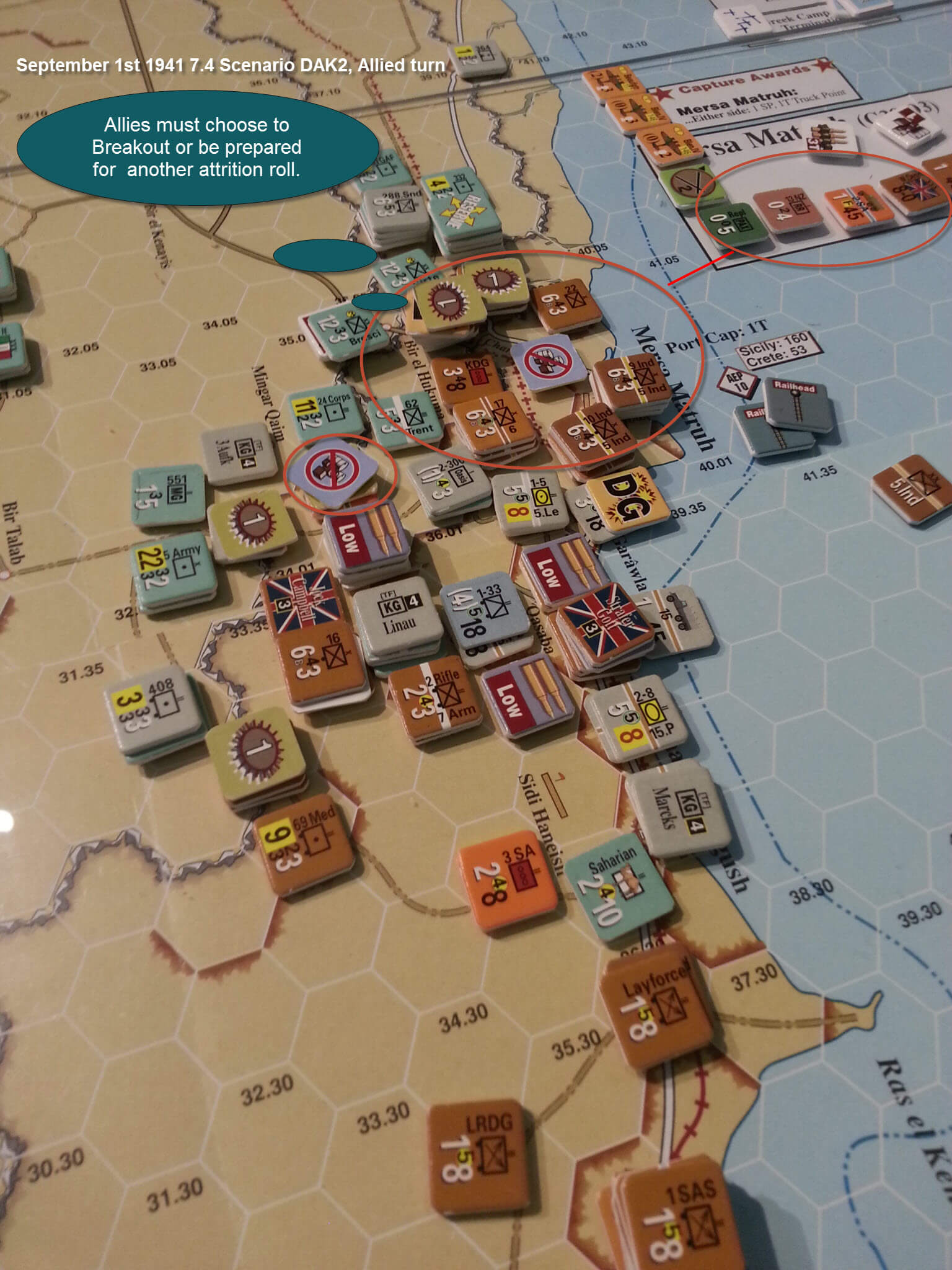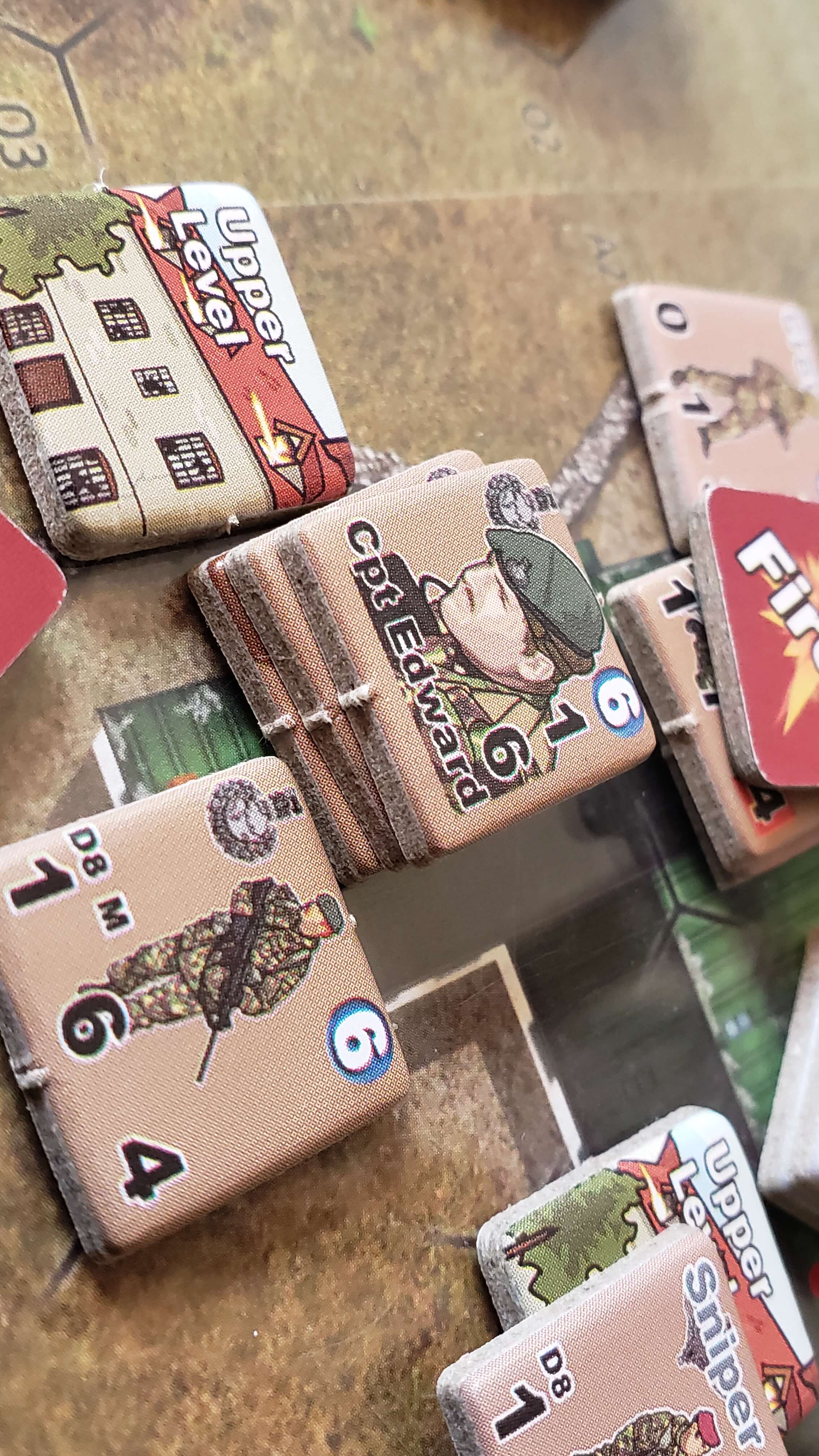Thus over Spring Break the Muse spoke yet again…

But this time perhaps less stylishly than my prior experience here . It was merely solitary time considering why certain games gripped me while others were like watching paint dry to attempt to play.
Nevertheless I want to share with you my expanded format for AAR write ups and discussions about games when I do a video recap.
In addition to these elements listed below, we shall attempt to add a few more of note at the bottom:
Role
Who are you and does this map to the unit scale/formation size/game scale?
Decision Space
What decisions will you make and what challenges.
Intelligence
What information is available on map, in hand etc.
Player Objectives
How do you win?
Orders of Battle
Granularity.
Conflict Resolution
CRT/Modes of combat and turn sequence.
Logistics
How much detail and what impact?
Historical Narrative
How scripted is the game? How much story is invoked? Can you Identify with role played?
Play Time
Duration.
Replay value components
Rules consumption, maps, counters, physical elements.
*Action
What is the game like to play? Is it in essence fun. This is different from playability or ease of play that is partially covered in replay value. It is worthwhile to break down playability more. But also to assess how the game mechanics drive and enable the history to evolve, the exciting events to take place. Is it exciting?

*Historicity vs Playability
This is a tough one, and ties back to Historical Narrative. But bear with me. I’m NOT talking about the sense of dealing with bullets whizzing by, or the mechanistic simulation mode of say ‘real world military simulations’. What we want to know about a game is, can it give me the historical result within the bounds of reason, AND provide me some level of alternate history that is plausible?
That balance is hard to measure and may well vary from person to person. How much of the historical features need to be present to make sure it is indeed somewhat of a simulation, but enough flexibility that both sides can “win”. In recent time games have been providing the ‘do better than history VC’s such that it restrains absurd results, but enables the players to explore historical alternatives. Really what this comes down to is good play-testing moderating the designers intent and model.
To be a historical game more than one outcome is necessary, but it must also allow for those historical events to occur and the decision trees to flow from there.
So there are the two elements that should be present in commentary going forward in all forms. After a few run through this might iterate again and consolidate as the expression evolves.

So were you drinking when you wrote this, or just when you took the picture? 😉
I love the Big Board, great stuff here.